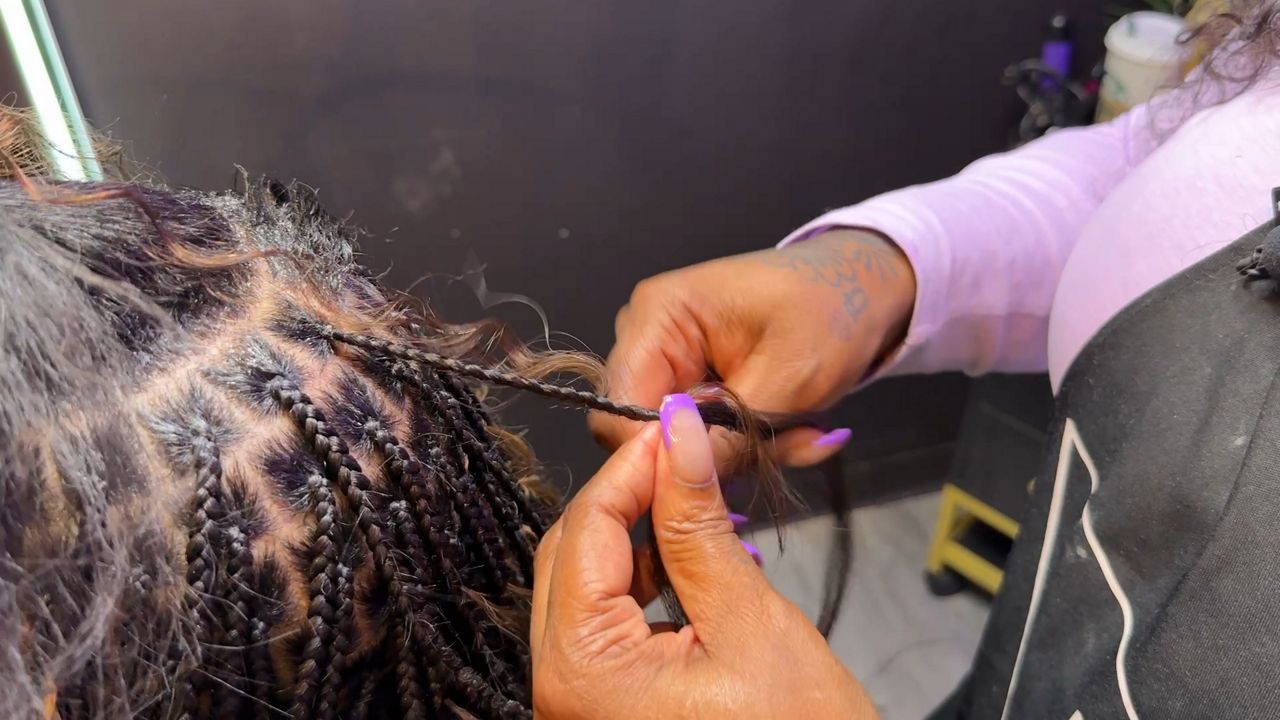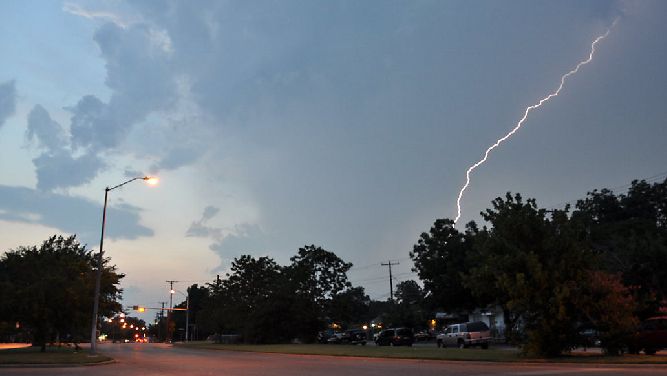Ohio — Learning loss because of the pandemic set a lot of school districts across the country into recovery mode to make sure kids didn’t get left behind.
What You Need To Know
- High school students struggled with Algebra I the most when it came to learning gaps
- Those gaps prompted students to veer away from taking math classes in college
- Closing gaps is still possible, but experts believe there must be a commitment to addressing fundamental issues
High school students, in particular, faced some of their own challenges. Arvin Vhora, an Education Consultant and Learning Gap Tutor, said Algebra I is an area where they struggled the most with learning gaps.
“Those gaps are going to affect the later classes. On the other hand, if somebody was taking statistics or calculus, that doesn't really affect anything,” Vhora said.
While many of those impacted have since headed off to college, Vohra explained that colleges and universities have dealt with gaps in math for some time. The difference is that now the number of students struggling with gaps has increased greatly.
"College Learning Centers are definitely feeling that pressure to correct these underlying gaps that, you know, normally would be kind of handled in high school," Vohra said. "The other thing, of course, you're seeing is students simply avoiding math classes in colleges or quantitative based classes as well."
Vohra said gaps can be fixed, but there has to be a commitment to addressing the fundamental gaps first, not the most recent gaps. He added that there is a trickle down effect when it comes to college students entering the workforce.
“If those fundamental gaps just get kind of swept under the rug, that could really negatively impact the workforce in the coming decades," he said.
If they are addressed, Vohra believes there would not only be positive changes for students but also the American workforce.










